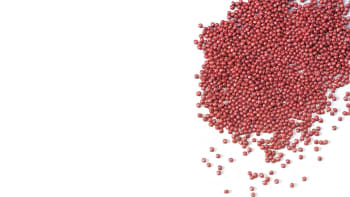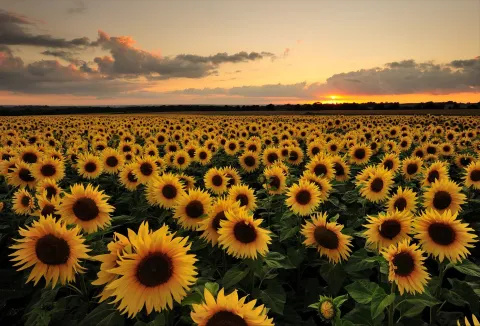Seeds of change
Tackling farming’s microplastic problem
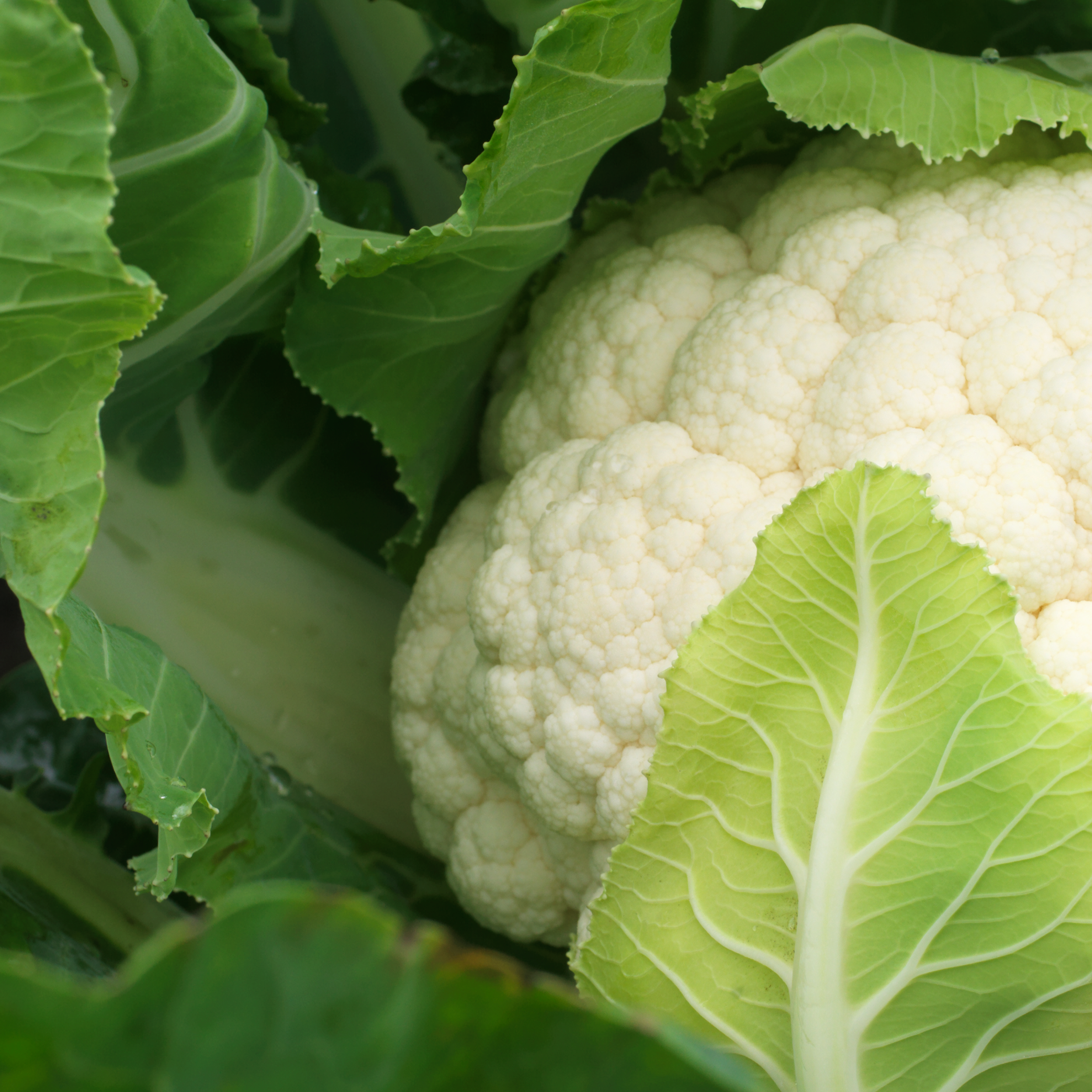
They are infinitesimally small and can only be seen under a microscope. But microplastics are everywhere, from the depths of the world’s oceans and the water we drink, to the food we eat and the fields where our crops grow.
It is estimated that some 5.25 trillion macro and microplastics may now be floating in the open sea, weighing up to 269,000 tons.
While agriculture’s contribution to microplastic pollution is small – less than 2 percent globally – it is an issue the industry takes very seriously. Among the sources are the sheets that protect crops from storm damage to the important coatings on seeds.
Remco Kwakman, Syngenta Vegetable Seeds’ Global Portfolio Lead for Seed Technology, says: “If there’s not an absolute need to use microplastics, then why would we?”
This year, Syngenta is celebrating its 25th anniversary. Check out more of our stories about innovation.
This year, Syngenta is celebrating its 25th anniversary. Check out more of our stories about innovation.
They are infinitesimally small and can only be seen under a microscope. But microplastics are everywhere, from the depths of the world’s oceans and the water we drink, to the food we eat and the fields where our crops grow.
It is estimated that some 5.25 trillion macro and microplastics may now be floating in the open sea, weighing up to 269,000 tons.
While agriculture’s contribution to microplastic pollution is small – less than 2 percent globally – it is an issue the industry takes very seriously. Among the sources are the sheets that protect crops from storm damage to the important coatings on seeds.
Remco Kwakman, Syngenta Vegetable Seeds’ Global Portfolio Lead for Seed Technology, says: “If there’s not an absolute need to use microplastics, then why would we?”
This year, Syngenta is celebrating its 25th anniversary.
This year, Syngenta is celebrating its 25th anniversary.
No microplastics, fantastic!
Watch the video and discover with our colleagues Remco and Joni how the groundbreaking seed coatings without microplastics work.
Seed coatings:
what are microplastics?
Since the end of 2024, thanks to four years of research and hard work, the coating of nearly every Syngenta vegetable seed planted in Europe is now free from microplastics.
Previously, seed coatings for vegetable seeds were created via a process which involves spraying the seeds with a specialized solution. This wraps them with beneficial molecules that protect the adult plant, giving it a better chance of flourishing.
Here’s the science bit: when it comes to seed coatings, the plastic additive is contained in the binder. You can think of it as the glue that sticks everything together, including the seed, and various other protective products.
It also allows for a clever trick. By tinting the seeds a bright blue or red hue, it means that farmers can easily spot them in the soil when they are planting row upon row of crops.
But the sheen of these coated seeds hints at something more unnatural, says Kwakman.
“When companies show coated seeds, they always look really good – like a jewel. But, to a large extent, that shininess comes from those microplastics.”
While the coatings protect valuable crops from weather damage, the microplastics in seed coatings settle into the earth itself.
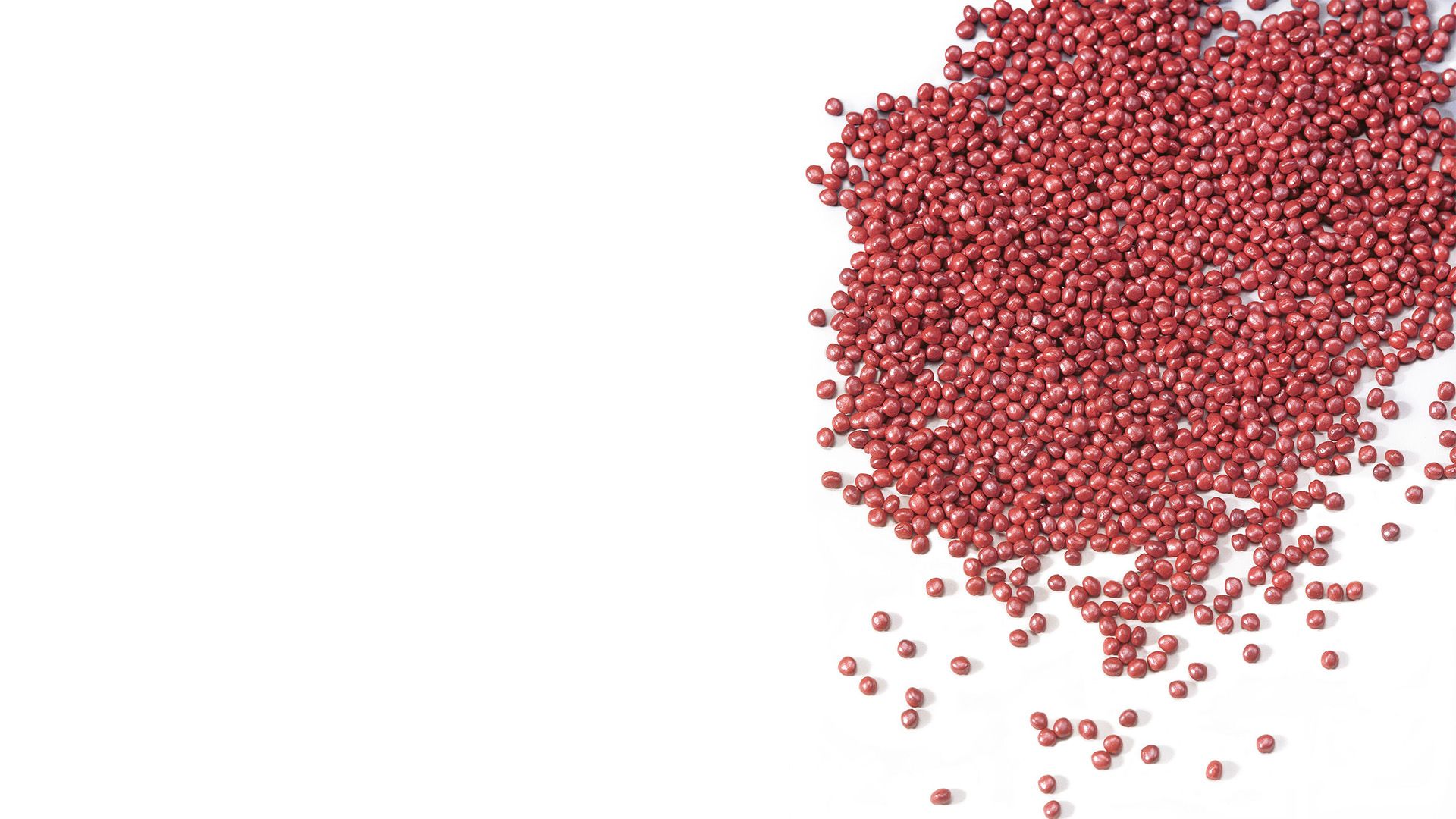
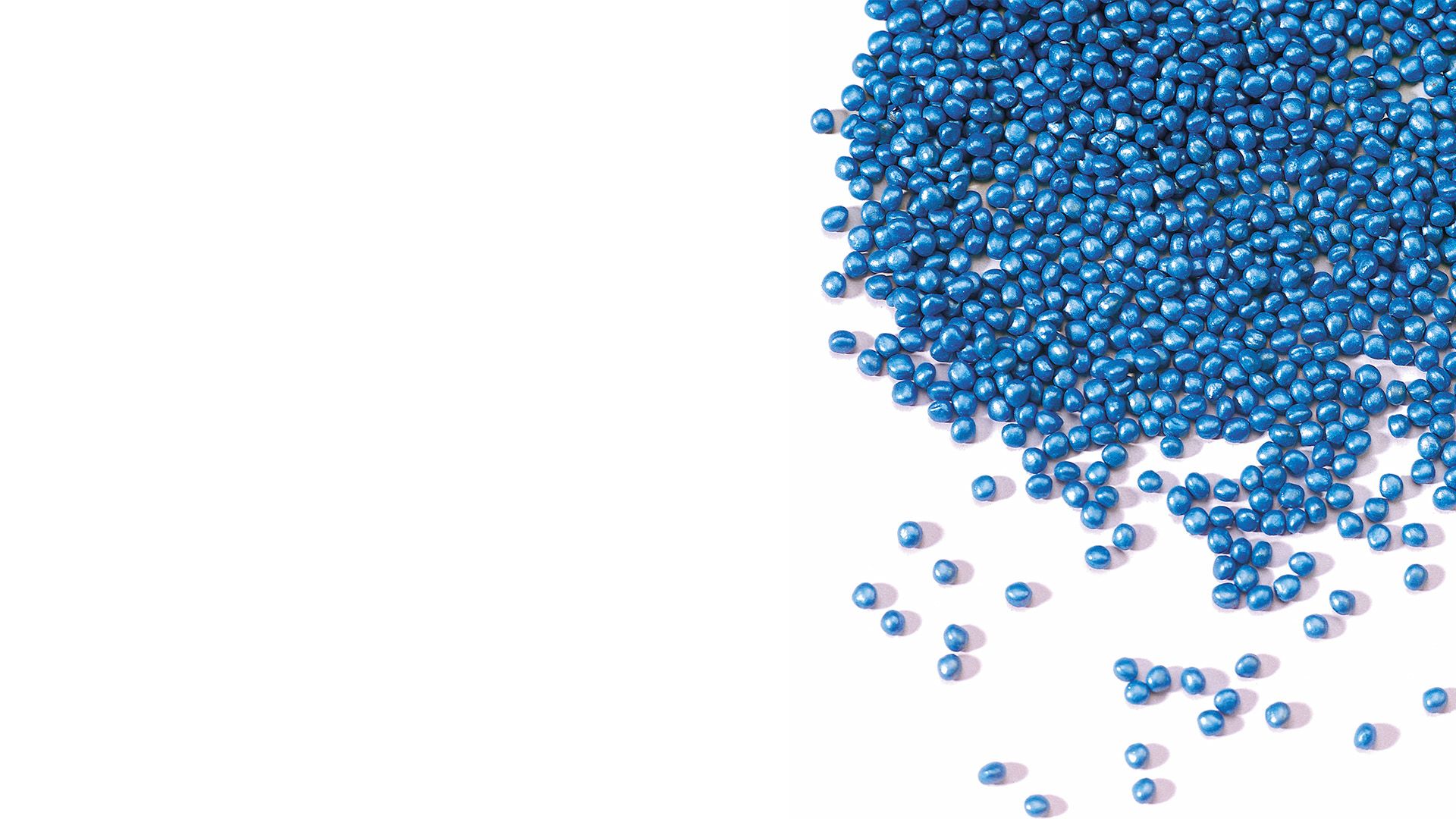
Seed coatings:
what are microplastics?
Since the end of 2024, thanks to four years of research and hard work, the coating of nearly every Syngenta vegetable seed planted in Europe is now free from microplastics.
Previously, seed coatings for vegetable seeds were created via a process which involves spraying the seeds with a specialized solution. This wraps them with beneficial molecules that protect the adult plant, giving it a better chance of flourishing.
Here’s the science bit: when it comes to seed coatings, the plastic additive is contained in the binder. You can think of it as the glue that sticks everything together, including the seed, and various other protective products.
It also allows for a clever trick. By tinting the seeds a bright blue or red hue, it means that farmers can easily spot them in the soil when they are planting row upon row of crops.
But the sheen of these coated seeds hints at something more unnatural, says Kwakman.
“When companies show coated seeds, they always look really good – like a jewel. But, to a large extent, that shininess comes from those microplastics.”
While the coatings protect valuable crops from weather damage, the microplastics in seed coatings settle into the earth itself.


Remco Kwakman, Syngenta Vegetable Seeds’ Global Portfolio Lead for Seed Technology.
Remco Kwakman, Syngenta Vegetable Seeds’ Global Portfolio Lead for Seed Technology.
Inside Gitzels Plant Nursery, Wervershoof, Netherlands.
Inside Gitzels Plant Nursery, Wervershoof, Netherlands.
Sustainable seed coating solutions
Now, a clever new recipe from Syngenta’s vegetable seeds team offers a sustainable future for our fields and our crops.
Following years of sourcing, testing, and comparing, the team landed on a sustainable solution to microplastics.
They reassessed the seeds’ coating mixture, seeking a non-plastic alternative that was biodegradable but didn’t sacrifice on quality. And they succeeded.
All small-seeded vegetable seeds, including peppers and tomatoes, processed by Syngenta in Europe are now microplastic-free.
“There are no concessions in the quality of the coated seeds or the crop protection products we can include,” Kwakman says.
That quality assurance is echoed by the companies Syngenta supplies to – such as Gitzels, the plant nursery based in the north-west of the Netherlands.
The nursery produces about 170 million young brassica plants, including broccoli and cabbage, annually. This year, Syngenta’s sustainable seeds have been a part of that bumper offering for the 200-plus growers Gitzels serves.
Matthijs Woestenburg, the nursery’s R&D manager, says while the growers they supply are interested in sustainable farming, “quality is the number one” factor in deciding what seeds to plant.
By maintaining the high quality of the seeds, the new coating proves that sustainability does not come at the expense of productivity.
Woestenburg highlights the importance of seed coatings in the wider industry, at a time when some companies are discontinuing their coated seeds.
“For us, the seed coatings are a kind of insurance,” he says, citing examples of increased disease pressure in non-coated seeds over the past few years.
Remco Kwakman, Syngenta Vegetable Seeds’ Global Portfolio Lead for Seed Technology.
Remco Kwakman, Syngenta Vegetable Seeds’ Global Portfolio Lead for Seed Technology.
Inside Gitzels Plant Nursery, Wervershoof, Netherlands.
Inside Gitzels Plant Nursery, Wervershoof, Netherlands.
Sustainable seed coating solutions
Now, a clever new recipe from Syngenta’s vegetable seeds team offers a sustainable future for our fields and our crops.
Following years of sourcing, testing, and comparing, the team landed on a sustainable solution to microplastics.
They reassessed the seeds’ coating mixture, seeking a non-plastic alternative that was biodegradable but didn’t sacrifice on quality. And they succeeded.
All small-seeded vegetable seeds, including peppers and tomatoes, processed by Syngenta in Europe are now microplastic-free.
“There are no concessions in the quality of the coated seeds or the crop protection products we can include,” Kwakman says.
That quality assurance is echoed by the companies Syngenta supplies to – such as Gitzels, the plant nursery based in the north-west of the Netherlands.
The nursery produces about 170 million young brassica plants, including broccoli and cabbage, annually. This year, Syngenta’s sustainable seeds have been a part of that bumper offering for the 200-plus growers Gitzels serves.
Matthijs Woestenburg, the nursery’s R&D manager, says while the growers they supply are interested in sustainable farming, “quality is the number one” factor in deciding what seeds to plant.
By maintaining the high quality of the seeds, the new coating proves that sustainability does not come at the expense of productivity.
Woestenburg highlights the importance of seed coatings in the wider industry, at a time when some companies are discontinuing their coated seeds.
“For us, the seed coatings are a kind of insurance,” he says, citing examples of increased disease pressure in non-coated seeds over the past few years.
“We take our responsibilities seriously”
While Syngenta’s Kwakman acknowledges that agriculture’s contribution to microplastic pollution is small, he says “that’s not the point”.
“As a human population, we have an obligation to the planet to misuse it as little as possible. We take our responsibilities seriously, because in vegetable production we are doing something in biology, so we have to be as good to biology as we can.”
With that in mind, the new, innovative biodegradable coatings will be rolled out globally across all of Syngenta’s seed processing sites.
Throughout 2025 the initiative will be expanded to encompass large seed vegetables, such as sweetcorn, beans, peas, and spinach.
“We are always scouting for opportunities and are proud to be investing in more innovative methods that will help to make seed processing and vegetable production more sustainable,” Kwakman says.

This year, Syngenta is celebrating its 25th anniversary. We are proud of our continuous innovation and contribution to the food system over the past quarter century. Check out more of our stories about innovation.
This year, Syngenta is celebrating its 25th anniversary. We are proud of our continuous innovation and contribution to the food system over the past quarter century. Check out more of our stories about innovation.


